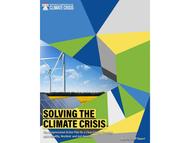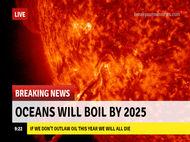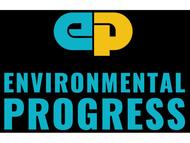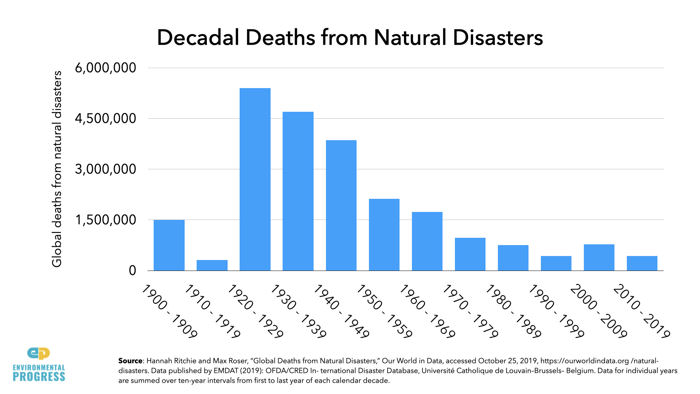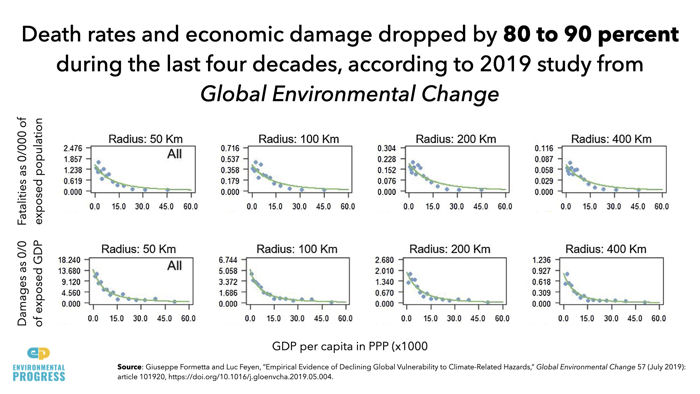“One of the problems we face in the United States is that unfortunately, there is a combination of an anti-science bias that people are — for reasons that sometimes are, you know, inconceivable and not understandable — they just don’t believe science and they don’t believe authority,” Fauci told the Learning Curve podcast, which is produced by the Department of Health and Human Services (HHS)., Dr. Anthony Fauci, director of the National Institute of Allergy and Infectious Diseases
Dr. Fauci’s comments were made in the context of the recent COVID19 pandemic and were critical of American’s responses to the recommendations of scientists and government officials in response to the pandemic. However, belief in science becomes difficult when the issue is: “What does the science say today?”. Belief in authority becomes difficult when the issue is: “What is the official position today?”.
Multiple scientific positions, from multiple sources, regarding epidemiology, transmission, symptomatology, treatment, mortality, etc. caused many to wonder what, if anything, was the science to “believe” as opposed to the latest informed opinion. Perhaps the most troubling aspect of the science was the wildly varying estimates of infection and mortality rates.
Multiple conflicting positions by those supposedly in authority were equally confusing and raised similar questions about what to “believe”. Some actions by those in authority, such as consigning active COVID19 cases to nursing homes and extended care facilities resulted in numerous additional deaths among sensitive populations.
Science and authority have not performed with distinction during the pandemic. Therefore, rather than being critical of this “failure of belief”, I believe the “failure of belief” is a reasonable and rational response to the performance of science and authority. The response is not “anti-science” or “anti-authority” as much as it is uncertainty about what is scientific and what is authoritative.
While Dr. Fauci’s criticism was focused on the pandemic response, its implications are far more broadly applicable.
“The science is settled” is the clarion cry of the consensed climate science community. However, there remain numerous valid questions regarding what the science is. Global average near-surface and tropospheric temperatures are rising, but it is not currently possible to determine the portion of this warming which is natural recovery from the Little Ice Age, other natural factors and anthropogenic influences. Global average sea levels are rising, as the have been for more than 150 years, but there is no measurable influence of increased global average temperatures on the rate of rise; and, there remain questions regarding the actual rate of rise. The future influence of increasing atmospheric CO2 concentrations remains uncertain. The climate models produce widely varying projections, depending on the choice of model, climate sensitivity, forcings and feedbacks. Belief in the science is difficult because it is not clear what the science is.
Authority also presents no clear, concise, consistent position regarding future actions necessary to avoid a climate catastrophe. Some in positions of authority state that we have somewhere between 6 months and 12 years to mend our evil ways and save the planet. Belief in authority is difficult because it is not clear what is authoritative. Certainly not all the positions espoused by those in authority can be accurate since they are inconsistent.
Skepticism is an essential characteristic of the pursuit of science. Skepticism is also an inherent quality of humanity. Neither science nor authority is a religion, so neither should require belief, and both should require proof.
 The Right Insight is looking for writers who are qualified in our content areas. Learn More...
The Right Insight is looking for writers who are qualified in our content areas. Learn More...

